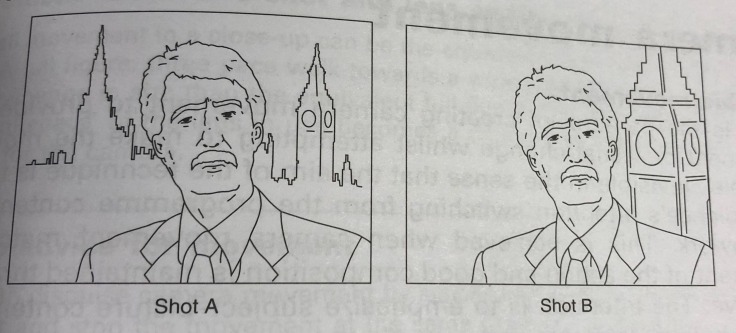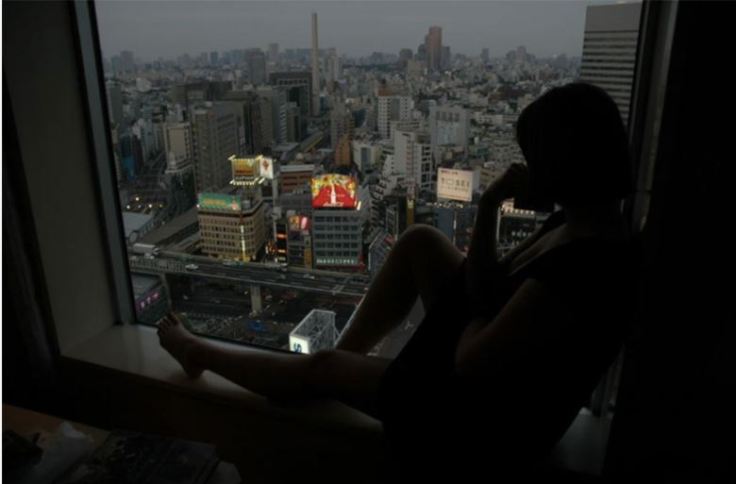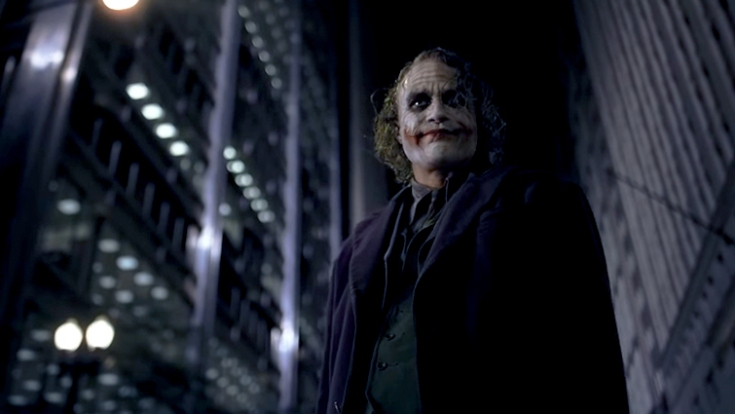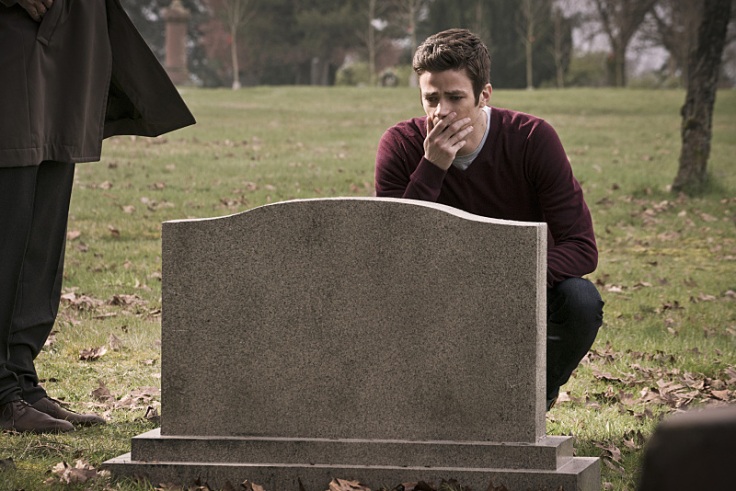Use of Cinematography in dramas to show emotion
This report is to look into the use of the cinematography in dramas to show emotion. It will aim to demonstrate the best way to express the character’s emotions through camera work and other cinematographic techniques. These will be backed up through the use of books and websites to get the best information for this report and to make it the most accurate it can be. These books and websites are all as relevant as possible and give techniques that can be used in the context of this report. As well as discussing the techniques and the connotations of these techniques it will also evaluate the use of these and which is the best to use.
One way that emotion can be shown is through correct shot composition. Ward, 2016 discusses through out the section on Composition why the shot has to be well composed; ‘To emphasise the principal subject’, ‘to favour the appearance of the performer’ and ‘to provide more information about the subject’. These quotes give information on the reasons we need to properly compose the shot and this way the proper composition means that we can make the shot the best it can be. For example in Lost In Translation the main character is alone in a foreign city. The shot (fig 1) shows how lonely they are as the dark corners and the way she is just looking out of the window shows her sense of alienation and the way that she alone in her surroundings. The feeling that she experiences is also shown through the way that overwhelmed by the city which through the way takes up most of the shot and has the factor of imposing on the main character by making her look small. As well as this in The Dark Knight the Joker is shot (fig 2) from low down to make him look as menacing as possible as he needs to be portrayed in this way to make him look more threatening to the viewer. This means the Jokers character is the most menacing in the film and looks like his going to attack or has a lot of power over the viewer. The way this is done gives the viewer a felling of dread as to what his is going to as well a felling of animosity to him for the power that is shown through the shot.
The colour temperature of the film can vastly influence the mood by making scenes and characters appear warm or cold. Ward, 2016 discusses colour temperature and correction. This section discusses the best way to filter the colour of the shot and make the ambience and provide the emotions of the shot with a more emotive power. The use of colour is also mentioned by the use filters to alter the image’s colour. ” ‘tungsten’ colour temperature” is what the source describes as an effect that can be created through the use of the filters. This effect is to make the lights look like tungsten bulbs and not LED’s. This effect would make the shot have a yellow tint and would look older and have a warmer look which is good if the shot is to be happy and have good connotations but wouldn’t work as well for a sad and cold shot where a blue filter would be better. Other colours however have different connotations. Red is often shown to be anger fro example in 2001: A Space Odyssey the scene in which the evil computer HAL 9000 is deactivated the area is red as the computer is showing anger but the red could also be shown as danger in this situation as the computer is trying to the kill the main character. This means that the viewer knows about the danger of the situation as well as the emotion of both the character and the computer is being show as well as the situation they are in opening the viewer to more of an understanding. The colour black is another colour that has connotations that link to the drama genre as it can represent unhappiness, anger and fear which is heavily linked to drama. For example Mr. Robot is very dark and shows the main characters emotions and the way that the drama is done with the way that character is portrayed and makes the black colouration means that film has those connotations. The saturation is also linked to the colour temperature as the differing saturation can change the way that the scene is viewed. “Digital Cinematography” (Stump, 2014) “saturation” is discussed to show how it effects the image and the film as a whole. The over saturation of the image can result in the colour’s bleeding and drawing attention to the wrong part of the image and making the viewer look at the wrong part of the image. The over saturation of an image also makes the shot look hot for example when a shot is in a desert the over saturation shows the heat of the shot and the environment. This would be useful to portray the characters emotion if the drama was set in hot location or the character was experiencing loneliness and the heat and desert shows this. This links in to the colour temperature as the over saturation of the image has links to the colour yellow. The connotations of Yellow are that it could relate to jealousy and betrayal which in drama can link to the emotions of the main character for example in this scene “Birdman” (fig 3) almost every thing in the scene has a yellow tint as it fits to the scene’s emotion and influences the audiences emotions through out the film.
The use of differing lenses also effects the emotion of the film as well as the way that the emotion is shown and how the shot is change through the use of a differing lens. “Digital Cinematography” (Stump, 2014) Gives information how the lenses creates Depth of Field which is the distance in which objects in a shot appear in sharp focus. “A lens can precisely focus at only one distance at a time, the decrease in sharpness is gradual on each side of the focused distance”. This is useful for use in dramas as the use of depth of field can create an effect of unknown for the viewer and can be an effective tool to enhance the drama through the unknown. Also the variation in the shot’s focus can provide information to the characters without the audience knowing causing the suspense of the drama to build and cause more the later drama to be more dramatic. As well as this “Digital Video Camerawork”(Ward, 2016) has a section in the chapter “The Zoom Lens” on depth of field which mentions the way that the depth of field is measured but also how the deep the depth of field can go. This means that the shallowest depth would leave the background completely out of focus and yet very near foreground in sharp focus. A shallow depth gives us the effect that would be need to create suspense in the drama and to build it up for the audience. A deeper depth of field would be useful to give the audience foreshadowing which would allow the audience to know something was going to happen but not knowing what.
The movement of the camera can also be used to show the emotions of the character. “Digital Video Camerawork”(Ward, 2016) discusses the reason for movement of the camera as four different points “to add visual interest”, “to express excitement, increase tension or curiosity”, ” to provide a new main subject of interest” and “to provide a change of view point”. These reasons mark out the most common reasons for camera movement. The second point mentioned talking about the increased tension is important in dramas as the tension that it creates adds to the dramatic effect. The section on this also mention that the best way to “Try to disguise the movement by synchronizing with subject movement” which would allow the camera to follow the emotion of the character as he travels through there life and show the situation they’re in with more continuity. An example of camera movement that show that there is drama is the scene is the first scene in which Brody sees the shark in Jaws. The quick zoom in on his face as he sees the shark that shows he is not only scared and shocked that he is seeing the shark but that he doesn’t say anything and all his emotion is shown through his face. The quick zoom also shows he is immediately afraid of the fact he has left the beach open and his face being the centre point of the shot means that his facial expression are the focus point for the audience.
The space around the subject is also important as well as the way the character shown as it can make the meaning of the scene differ. “Digital Cinematography” (Stump, 2014) discusses the depiction of space which is “the distance of the camera from the subject and the lens angle that is used.” This discusses the why that the background can be made to look bigger without moving the presenter and only moving the camera. Included in this is a diagram.
This diagram show the effects of this. In shot A the camera is close to the presenter and shows a lot of the background which isn’t very detailed. However on shot B the only thing to have moved is the camera which has been moved backwards and zoomed in, which shows the background which in this case is Big Ben is move detailed and look closer but is still in the same place. In a drama this would be useful if some was talking to someone is talking behind the main character and needs to to be visible to the audience. An example of this is in The Flash (fig 3) where the main character is at a grave and the background is empty and shows the characters emotions clearly and gives the audience a way to feel his emotions. This means that not only does the characters expression show but the background shows the how he feels and emphasises these emotions.
Conclusion
In conclusion there are many ways that we can use the cinematography to portray emotions in drama. The usage of these techniques mean that the emotions that are in the film are very useful to show the emotion of the character and project the emotions more effectively. The use of colour and the connotations of the colours mean that the emotion is less obvious. This means that people are effected in ways that they don’t know and this means they often understand the emotions much more than the way that the more obvious ways of showing the characters emotions. The composition and camerawork techniques mean that the use of the colour techniques is well complimented by the proper camerawork techniques and skills that show the emotion of the film.
Word Count: 1847
fig 1

fig 2

fig 3
Reference List
Huls, A. (2019). Everything in Its Place: How Shot Composition Tells a Secret Story. Retrieved from https://blog.pond5.com/9606-everything-in-its-place-how-shot-composition-tells-a-secret-story/
Manipulating the Audience’s Emotions With Color. (2019). Retrieved from https://www.premiumbeat.com/blog/manipulate-emotions-with-color-in-film/
10 Great Movies That Use Color to Signify a Change in Narrative or Emotion. (2019). Retrieved from http://www.tasteofcinema.com/2016/10-great-movies-that-use-color-to-signify-a-change-in-narrative-or-emotion/2
Ward, P. (2016). Digital video camerawork. [Place of publication not identified]: Focal.
Stump, D. (2014). Digital Cinematography.

Leave a comment